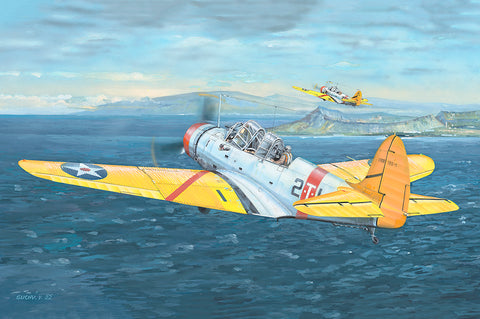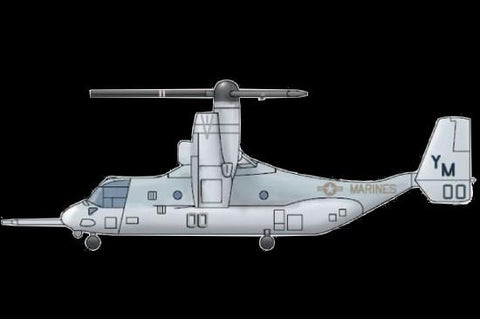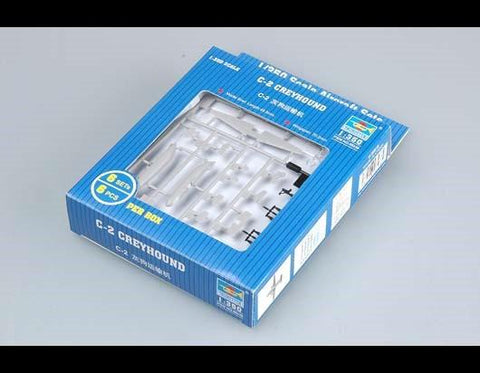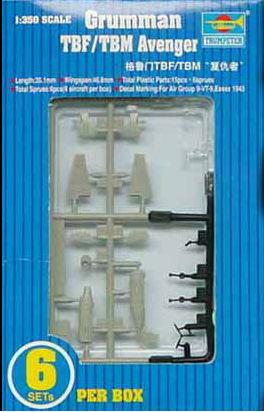In October 1942, just five months after the flight of the XF6F-3, the first production F6F-3 took to the air. The F6F-3 differed from the prototype externally by streamlining the bulky landing gear fairing assembly, replacing the Curtis electric propeller and large spinner with a Hamilton Standard full feathering prop and minor changes to the engine cowling and exhaust ports. Several minor bugs were quickly eliminated in the design and by January 16, 1943, Grumman was delivering Hellcats to the Navy. By the end of 1943 more than 2,500 were delivered. Provisions were made for the use of a center line 150 gallon drop tank. Early F6F-3s were powered by the P&W R2800-10 while later F6F-3s had the more powerful R2800-10W with water injection. As with the prototypes, armament consisted of six. 50 cal, machine guns. Production of the F6F-3 terminated in April 1944 with 4,402 aircraft delivered. Under Lend-Lease, the United States provided the British Fleet Air Arm with 252 F6F-3s.
The Hellcat proved to be the most successful aircraft in naval history, destroying 5,163 aircraft in service with the US Navy and US Marine Corps, plus 52 with the Royal Navy's Fleet Air Arm during World War II. After the end of the war, the Hellcat was rapidly phased out of front-line service, finally retiring in 1954 as a night-fighter in composite squadrons.
- 364 Parts on 10 sprues, photo etched part, clear engine cover & optional folding wings and flaps
- Markings for Cmdr D. McCampbell CVG-15 Essex Oct 1944 & Lt Cmdr A. Vraciu VF-6 USS Intrepid Feb 1944







